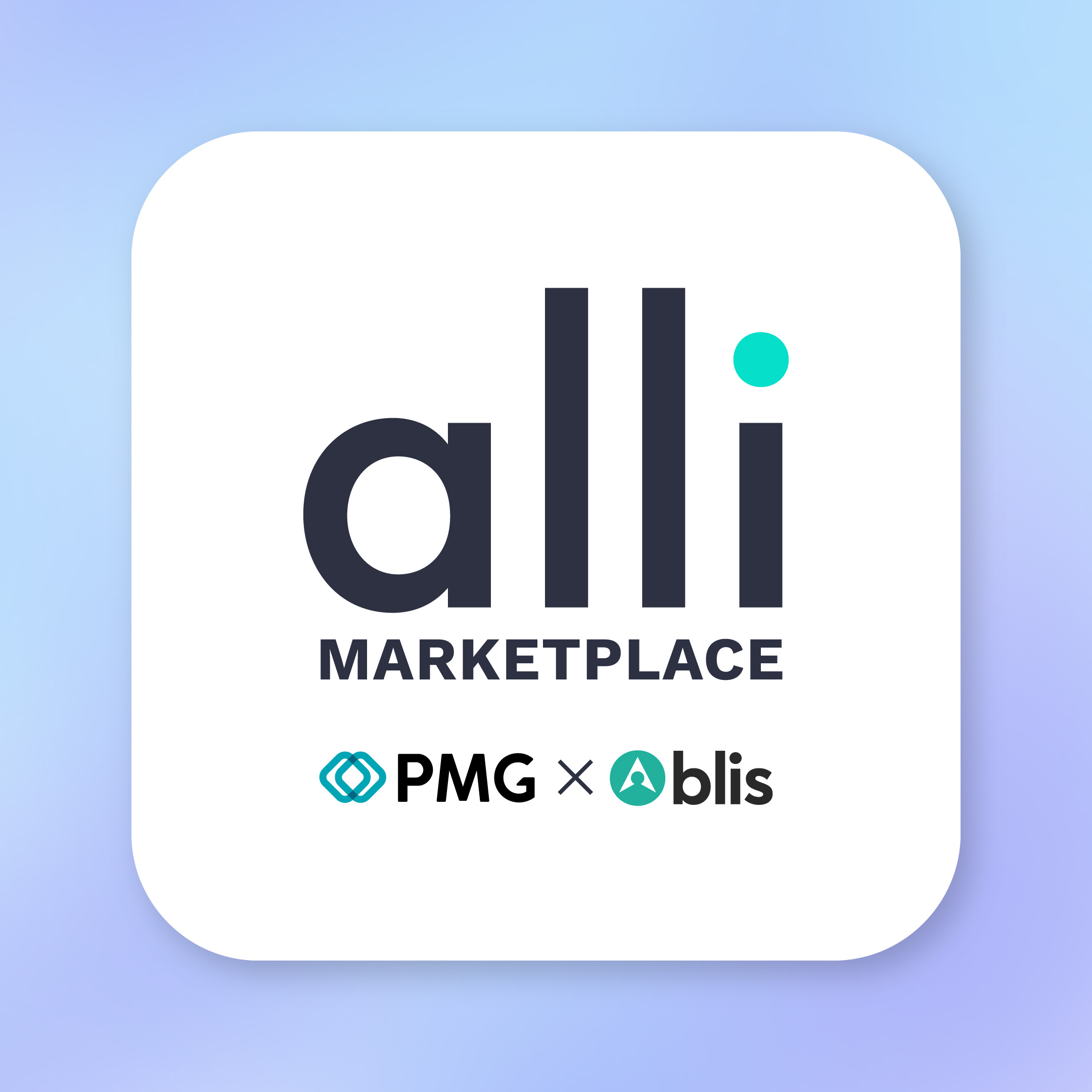Restaurants are becoming more and more reliant on data as a competitive edge. In what has historically been a lower-tech industry, restaurants of all sizes are learning that the key to new and returning customers can be found in the data. The more restaurants can learn about their visitors and their preferences, the better they can serve them at their establishments. As a food industry adviser noted recently in the Wall Street Journal, “Total restaurant traffic is not growing, so anything restaurants can do to offer a better customer experience differentiates them from the competition.”
Reservation systems, apps and registrations serve up data
Analytics and data deliver insights not only into how to best reach customers and understand what they want, but also to help customers discover what they don’t yet know they want. As an example, the article in the Journal references a cloud-based reservation system that does far more than hold tables: it allows restaurants to build guest profiles that include everything from food allergies to diet plans to favorite dishes. That information can be shared across an entire restaurant group, allowing servers to offer a patron’s “regular” Skyy and soda or diet-compliant entrée whether they enter their local outpost or one across the country. Relying on data from the same application, the server can offer a complimentary starter based on the guest’s order history, encouraging them to discover new favorites on the menu. It’s this kind of personalized service that can truly set a restaurant apart from the competition.
Other restaurants, like east-coast farm-to-table chain Sweetgreen, offer an ordering app that tracks customer selections, but also dietary restrictions, favorite foods and more. Food sensitivities and other restrictions are saved in the app and remembered when the customer orders again, making ordering easy and stress-free for those with serious allergies or those who conform to strict diet plans. The app also doubles as a loyalty vehicle similar to the popular Starbucks app, but in a twist, rewards customers by donating one percent of their spend to local charities when they order with the app.
And speaking of Starbucks, they’ve also upped their data game to improve customer service and offer a more personalized experience. In addition to making their app available to all patrons (not just Star Rewards members), the company now requires an email for access to their free Wi-Fi and to take advantage of its popular “Happy Hour” offers. Starbucks has dramatically expanded their customer database as a result and plans to use the new information both to win new customers and improve engagement with current clients.
Build better relationships and start new ones
Location data can also help restaurants achieve their goal of winning and keeping customers with better and more personalized service. Many restaurants already use geofencing and retargeting to reach their customers. As I’ve noted in a previous post, “Location data…can support TV, radio and digital campaigns by giving consumers a very specific call to action to respond to. When a two-cheeseburger deal is advertised across the country, a targeted mobile ad can provide directions to the nearest restaurant to take advantage of that offer.”
When the customer data collected via reservation systems, loyalty programs and mobile apps is combined with these mobile tactics, the offers can be even more relevant and customer-centric. The family that ordered dinner via the app last week can be retargeted with an offer for free kids’ meals next week. The woman who ordered a coffee with coconut milk and stevia on her way to work yesterday would probably be thrilled to receive a coupon for a skinny vegan latte and protein-packed oatmeal on her mobile as she checks her calendar app tomorrow morning. With geofencing, customers can be reached as they approach the restaurant, or even as they approach a billboard for the restaurant.
Restaurants could also steal a page from the retail CPG playbook. If marketers know that customers that frequent their restaurants have visited a competitor (or used their app), it’s smart to offer those customers “win-back” offers of their favorite food or beverage to entice them back through your doors. This type of retargeting can be incredibly effective, particularly among lower-priced chains like Sweetleaf. Blis’s own research discovered that 83 percent of shoppers make multiple, low-value impulse purchases and more than two-thirds research and price compare until they’re in the line for checkout. That means that QSRs and other less expensive restaurants in particular have a tremendous opportunity to win customers from their competitors – if they’re smart and savvy enough to know how.
The trick is data. That’s it: use data to learn more about who your customers are, what they eat, how they choose their meals, how they order – everything you can possibly learn – and mesh it with location data. With that information, you’ll build the perfect plan to deliver your customers the personalized offers and white glove service that will keep them engaged and sated.



